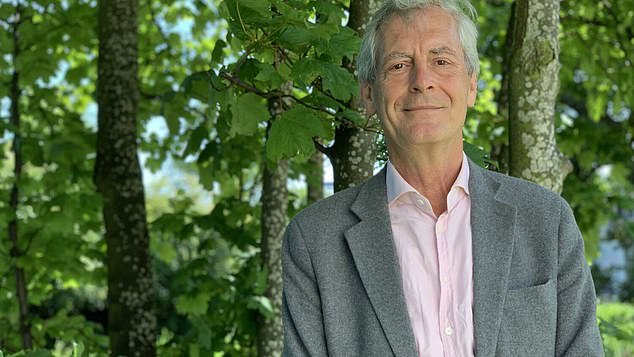
The British Museum has named Sir Mark Jones as its new director after its predecessor resigned over 2,000 stolen historical artefacts.
The 72-year-old has an extensive career in as a curator, having previously spent 18 years in the Department of Coins and Medals at the British Museum. He went on to be appointed director of the National Museums of Scotland in 1992.
He personally oversaw the creation of the Museum of Scotland in 1998, which went on to win 22 awards for its displays and a coveted Stirling Prize nomination for its building.
In 2001, he became Director of the Victoria and Albert Museum in London and gained immediate popularity with art lovers by scrapping entry charges to the museum.
Prior to his new post at the British Museum, he was the Master of St Cross College in Oxford, a position he held between September 2011 and September 2016 when he retired.
He has previously advocated sharing the Elgin Marbles with Greece, which were removed by Lord Elgin between 1801 and 1805. Greece has demanded the artefacts be returned following the museum coming under scrutiny after over 2,000 artefacts were discovered missing from the London museum.
Sir Mark’s predecessor Hartwig Fischer resigned from the post earlier this week, conceding that responsibility for failing to act on earlier alerts of theft by whistleblowers rested with him. Deputy director Jonathan Williams has stepped back until an independent review has concluded.

The British Museum has named Sir Mark Jones, 72, as its new director
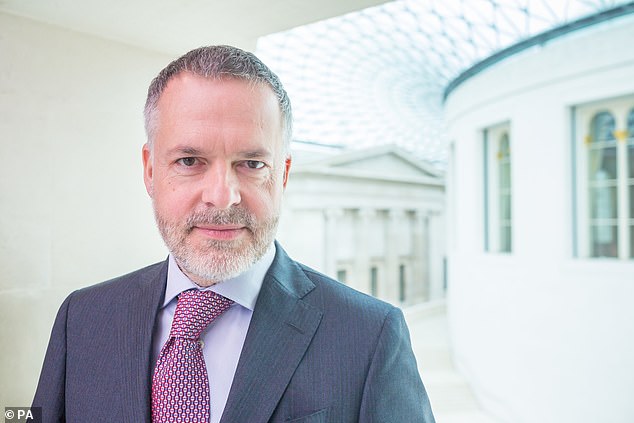



Hartwig Fischer resigned from the post after over 2,000 artefacts were discovered missing from the London museum
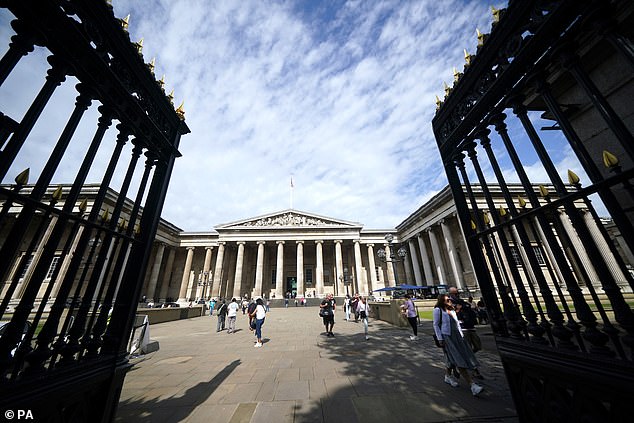





The museum has come under scrutiny after it emerged that several valuable artefacts had been stolen
The museum has come under scrutiny after it emerged that senior curator and expert in ancient Greek artefacts Peter Higgs – who denies any wrongdoing – had allegedly stolen valuable objects over a number of years.
Though Mr Higgs was sacked earlier this year, the museum has been questioned for failing to act when whistleblower and Danish antiquities dealer Ittai Gradel raised the alarm in February 2021.
Dr Gradel had found that items from its collections were being sold on eBay for as little as £40, yet museum heads said they had investigated it and found ‘no thefts’. The missing treasures include a Cartier ring worth £750,000 from the Heritage Collection along with Roman and Greek coins and other items dating back to 1,500 BC.
Chairman George Osborne has since pledged that the institution is ‘cleaning up its mess’ to recover the valuable artefacts.
The former Chancellor previously said the museum believes ‘around 2,000’ items were stolen including jewellery, gold and semi-precious gems, and acknowledged the scandal had been ‘damaging’ to the museum’s reputation.
Announcing Sir Mark as the new interim director, Mr Osborne said: ‘Mark is one of the most experienced and respected museum leaders in the world, and he will offer the leadership and grip the museum needs right now.
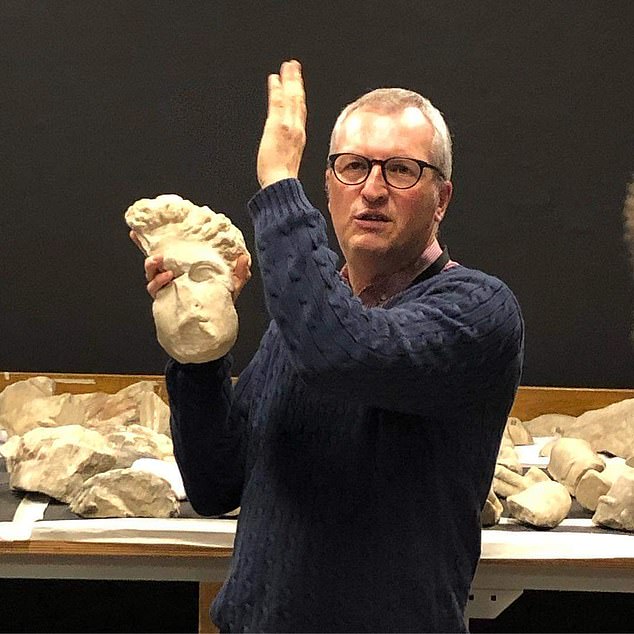





The museum has come under scrutiny after it emerged that senior curator and expert in ancient Greek artefacts Peter Higgs (pictured) – who denies any wrongdoing – had allegedly stolen valuable objects over a number of years
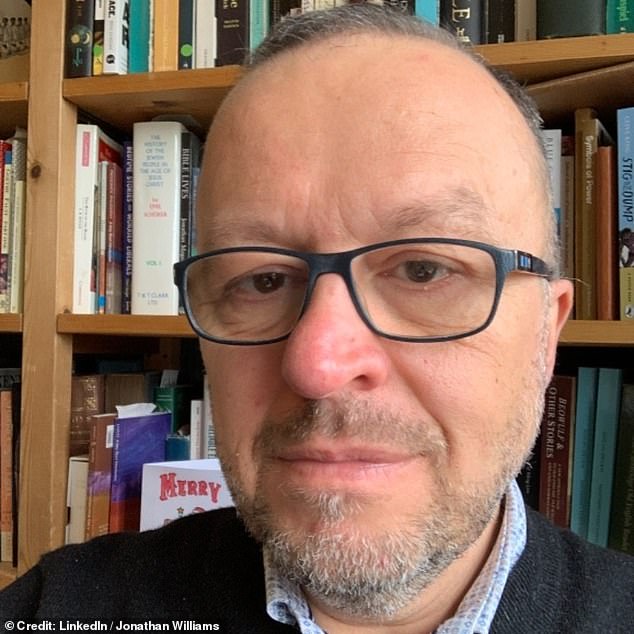





British Museum Deputy Director Jonathan Williams has ‘voluntarily’ stepped back from duties, the museum confirmed on Friday
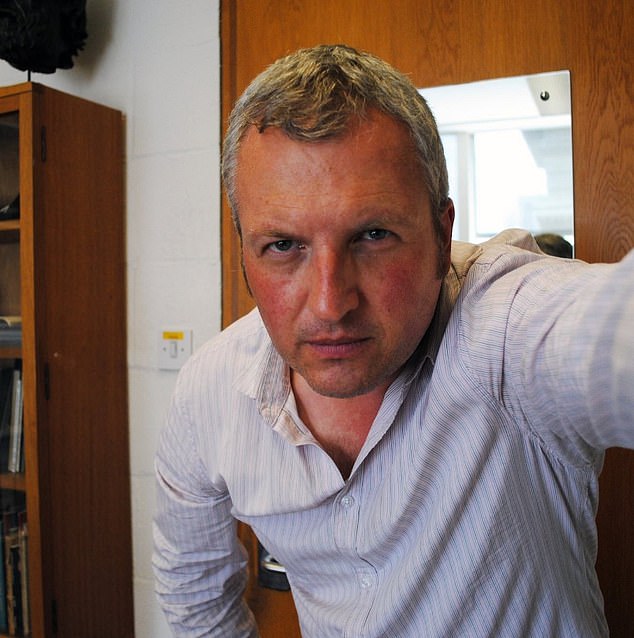





Dr Peter Higgs, a curator employed by the British Museum for over 30 years, was sacked, it was revealed last week
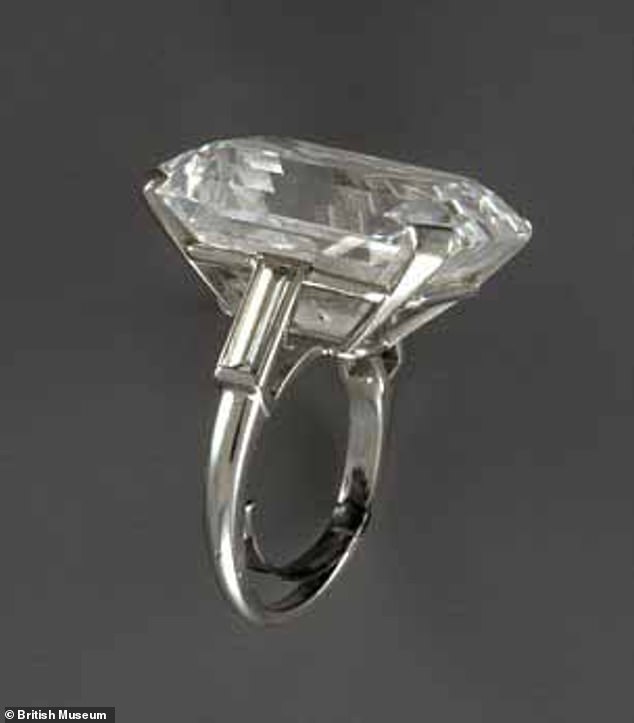





This Cartier diamond ring, pictured, went missing from the museum’s collection six years ago. It remains a mystery what happened to it
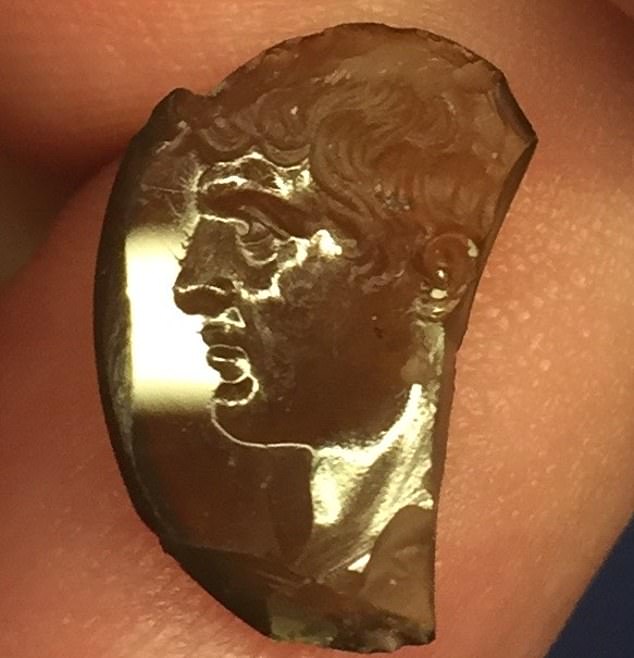





One of the gems believed to have vanished from the British Museum, pictured in its broken state
‘We are both clear that his priorities are to accelerate the cataloguing of the collection, improve security, and reinforce pride in the curatorial mission of the museum.
‘This sits alongside the major renovation work we’re undertaking, and the partnerships we’re forging, to ensure that we build a stronger future for the museum we all love and admire.
‘I promised we would learn lessons and then lay the foundations for a strong future. Mark’s appointment is a big step in that direction. I look forward to working together.’
It comes just days after calls poured into the museum from Cornwall and Scotland for artefacts to be returned to their homeland, after a Welsh MP demanded the British Museum give back Wales’ treasures.
Earlier this week MP Liz Saville-Roberts said security was no longer a good enough argument for keeping the the nearly 4,000-year-Mold Gold Cape or the Moel Hebog Shield in London.
‘The argument that the Parthenon Marbles, the Mold Gold Cape or the Moel Hebog Shield are more secure in London no longer holds water’, she said.
‘The Moel Hebog Shield is not even on display, despite the treasure being over three thousand years old.
‘It is high-time we faced that the British Museum does not hold the right to these treasures and a grown up discussion is required about their repatriation.’
Her call prompted Member of Scottish Parliament Alasdair Allan to make similar enquiries about the return of the Lewis Chessmen – one of the museums most treasured possessions – to the Isle of Lewis.
The Lewis Chessmen date back to the late 12 to early 13 century, and were found in 1831 on a beach at Uig, Lewis, Scotland. They are made from Walrus ivory and sperm whale tooth.
Currently, 11 of the 93 gaming pieces found in 1831 are on display at the National Museum of Scotland. The remainder are kept at the British Museum, but are not on display according to its website
Mr Allan previously told MailOnline: ‘More artefacts should be distributed out to where they originated.’
‘The National Museum of Scotland is currently in the process of sending native American art work back to America, so it works both ways,’ he added.






The British Museum continues to deal with the disastrous fallout after it emerged last week that as many as 2,000 precious items were unaccounted for
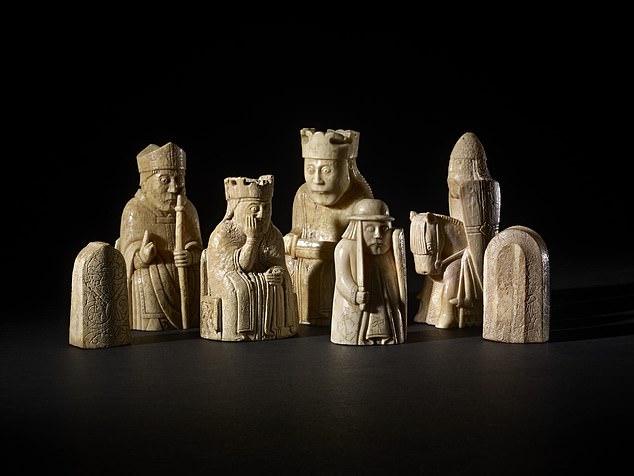





The Lewis Chessmen date back to the late 12 to early 13 century, currently, 11 of 93 are on display at the National Museum of Scotland but the rest are kept in storage at the British Museum
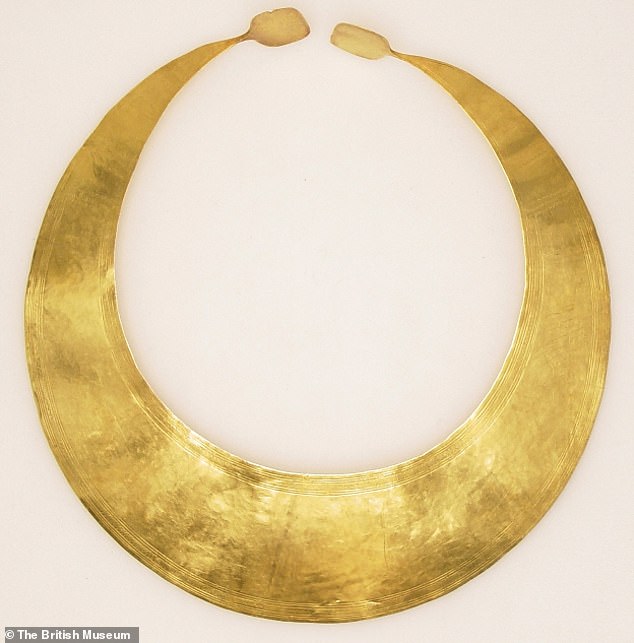





Leader of the Party for Cornwall said he sees no reason that Cornish treasures such as the gold lunula (pictured) can’t be displayed within Cornwall
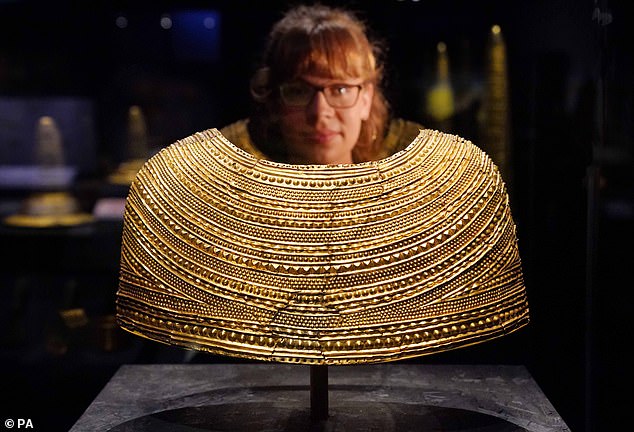





A member of staff observes the Mold Gold Cape dating from 1900-1600 BC which Welsh nationalists want returned
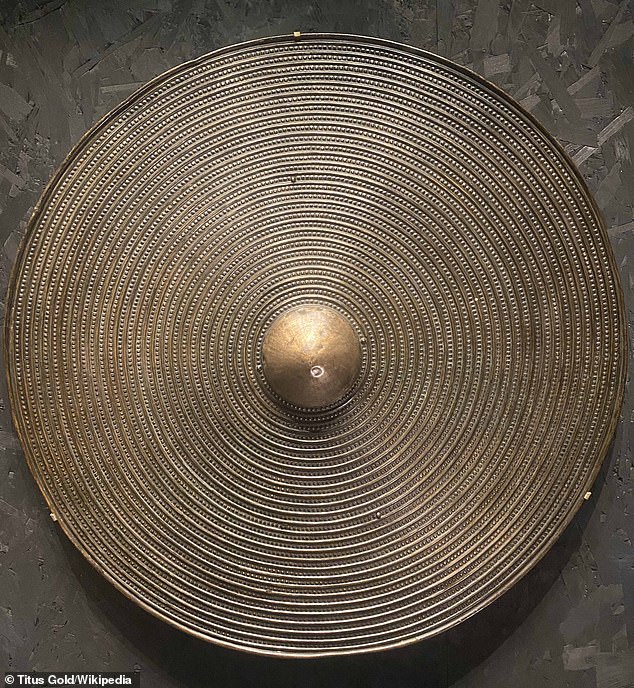





Welsh nationalists have also demanded the return of the Moel Hebog shield which dates back to 1300-1000BC
Meanwhile, Councillor Dick Cole, leader of the Party for Cornwall, has argued Cornish artefacts such as the Gold Lunula should be returned to Cornwall – and that other treasures such as the Rillaton Cup, which is currently held in the Royal Collection Trust in London and ancient Cornish manuscripts, should go home too.
‘It is important that we have a meaningful debate about where important treasures or documents, of great significance to Celtic nations, are housed and displayed’, he said.
‘Here in Cornwall, there is a need to build institutions, which properly reflect our nationhood. I can see no reason why Cornish treasures such as the Rillaton Cup should not be located within Cornwall in a national museum, that is properly funded by the state.
‘Given the intrinsic importance of Cornish to the identity of Cornwall, it would also be good to also see the historic copies of the Cornish language miracle plays permanently residing back in Cornwall – where they would really be appreciated by future generations of Cornish speakers.’
Greece has also asked for the return of the Elgin Marbles and the Chinese government’s mouthpiece tabloid, Global Times, is demanding the ‘immediate return of all Chinese cultural relics.’
Source: | This article originally belongs to Dailymail.co.uk